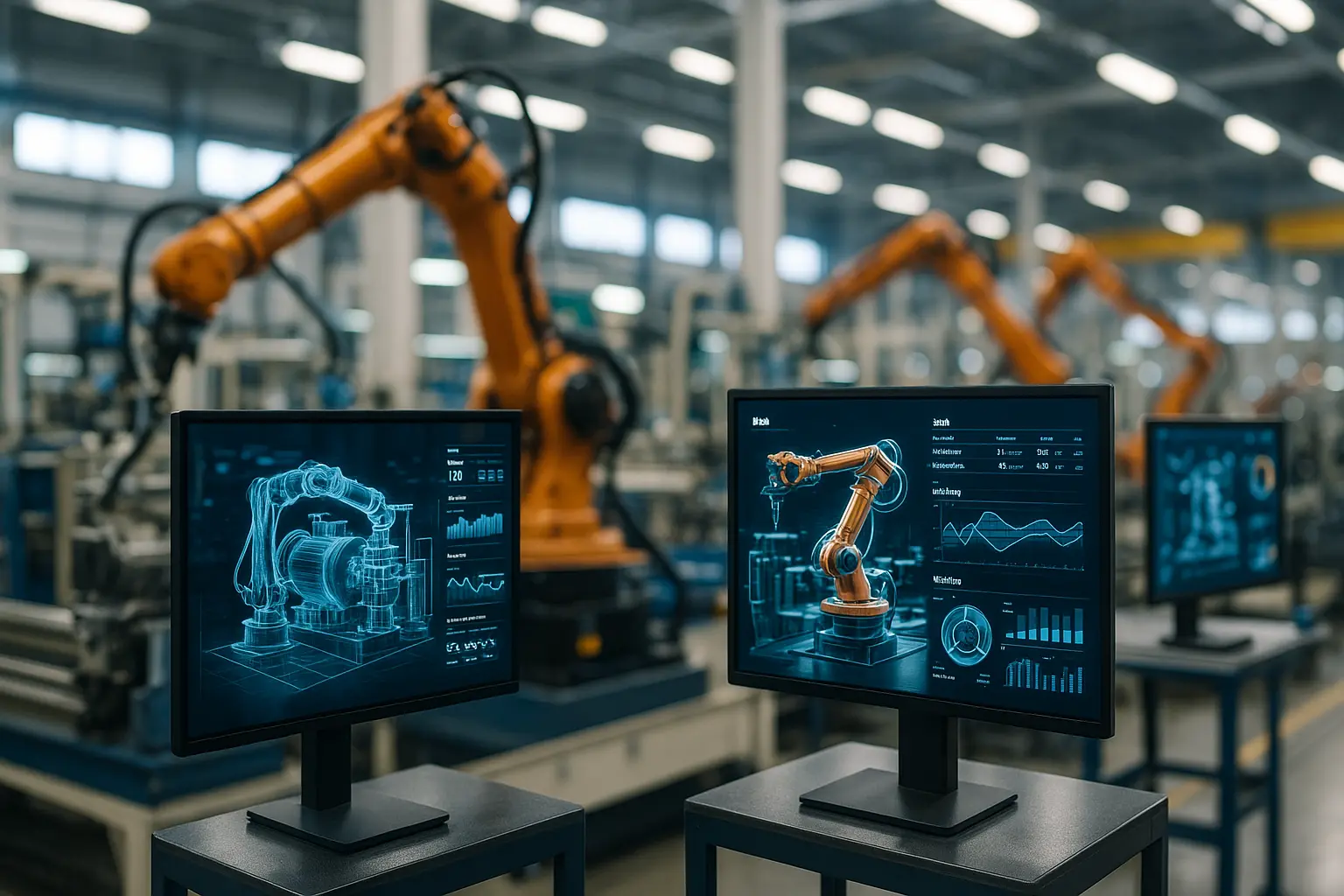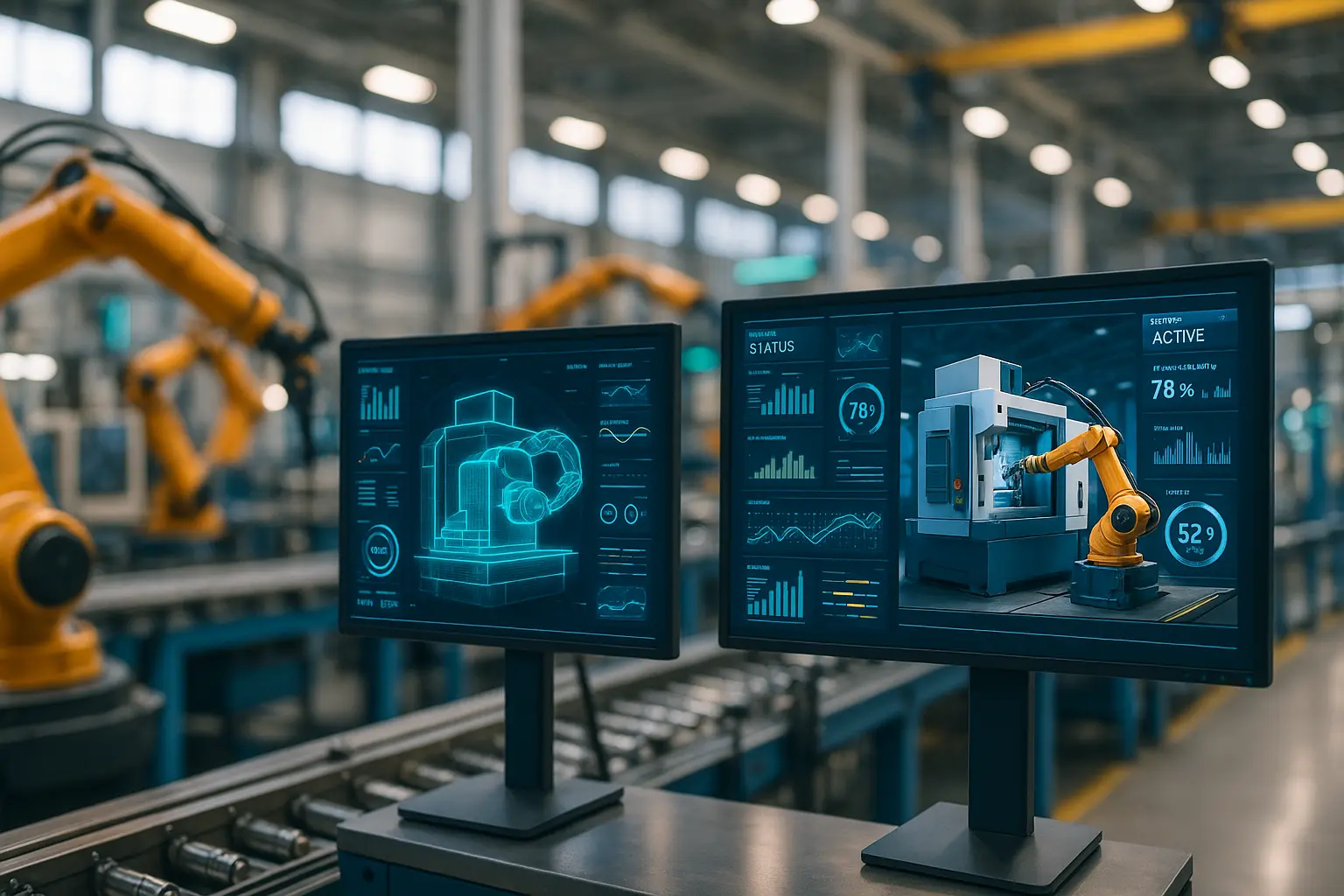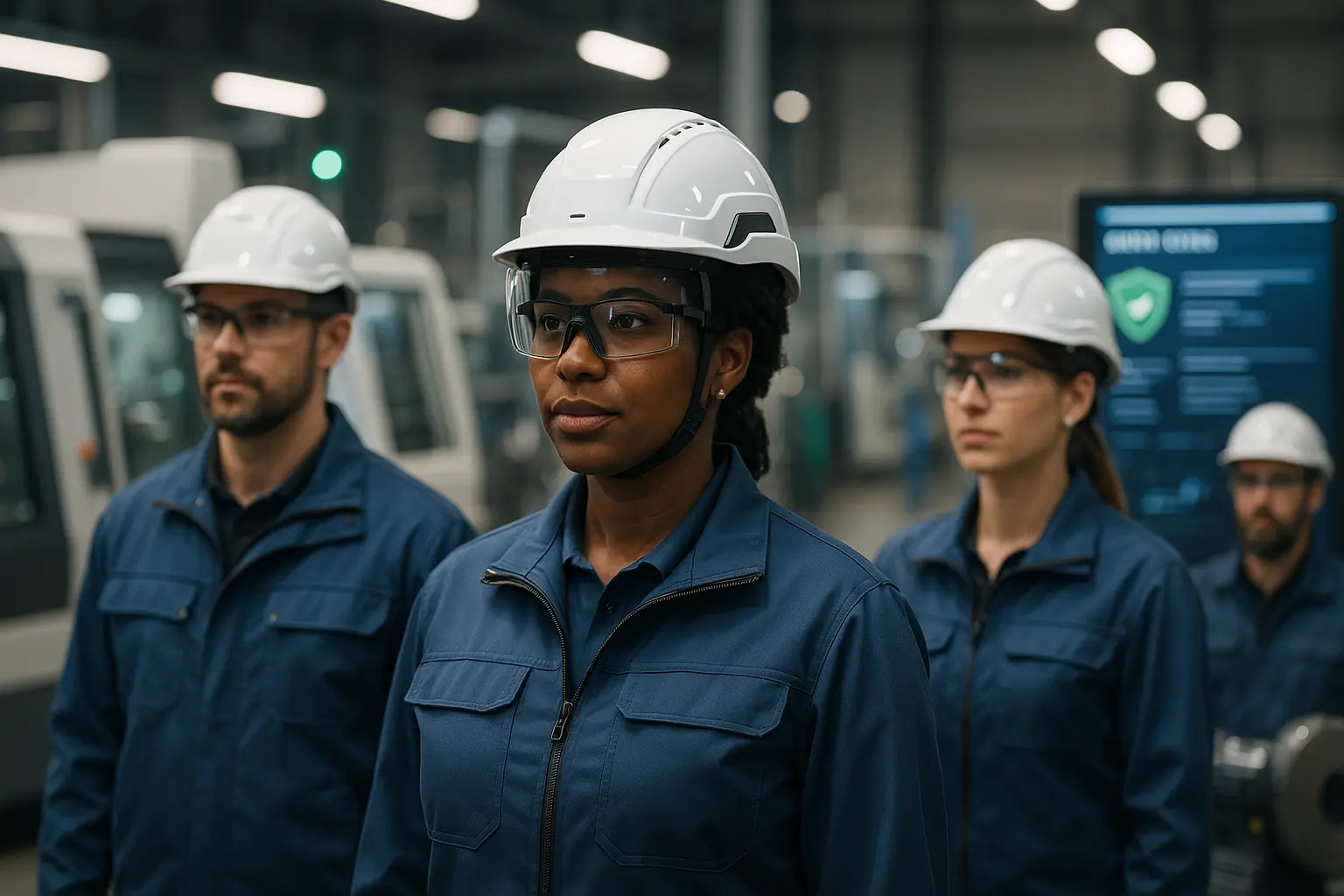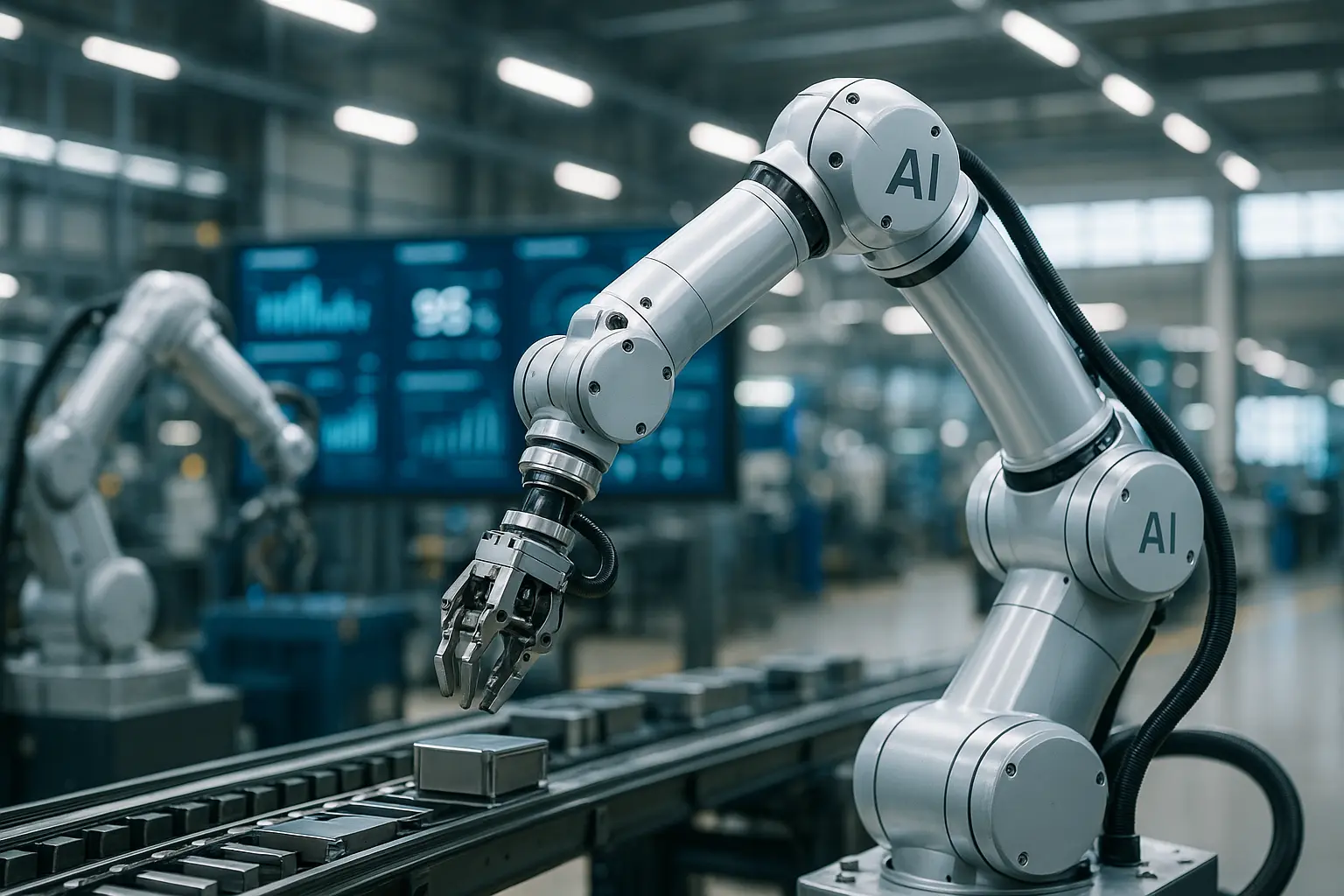Why Every Factory Needs a Digital Twin in 2025 ?
With technological advancements accelerating at breakneck speed, digital twins have emerged as essential tools in transforming the manufacturing landscape. Imagine a virtual replica of your entire production line that allows us to interact, simulate, and optimize operations without disrupting the physical setup. This is not just science fiction—it’s the reality propelled by the confluence of data, cutting-edge technology, and real-time insights.
As we navigate through 2025, more manufacturers are turning to digital twins to revolutionize their production processes. But why? What’s driving this shift? Let’s delve deeper into the world of digital twins and why their implementation is becoming indispensable for every factory in today’s ever-evolving market.
Understanding the Digital Twin: More Than Just a Virtual Model
The term digital twin often conjures images of a mere virtual model. However, its scope far surpasses this simplistic view. At its core, a digital twin is an integrated data-driven solution that mirrors the dynamics of a physical product or system, enabling us to monitor, analyze, and predict outcomes within a safe virtual environment.
By employing a digital twin, we’re not just creating a copy of a factory’s operations; we’re building a comprehensive system that learns from real-time data streams. This allows us to identify inefficiencies, optimize resource allocation, and improve overall efficiency.
Imagine a scenario where you can foresee potential maintenance issues before they escalate into costly downtime—this is the power of the digital twin. It enables predictive maintenance by analyzing patterns and predicting when parts will need replacement or automation processes will require intervention.
Furthermore, digital twins empower manufacturers to simulate production changes, test new systems, and even redesign products without the risks associated with physical trials. Through software innovations, manufacturers can gauge the impact of decisions in a virtual realm and implement in the real world only when certainty is achieved.
In a nutshell, digital twins are not just about reducing errors or optimizing performance; they are about fostering a collaborative ecosystem where physical and digital realms coexist to bring about unprecedented production breakthroughs.
Transforming Design and Operations: The Role of Digital Twins
When it comes to factory design and daily operations, digital twins have become an indispensable ally. They empower manufacturers by bridging the gap between the conceptual and actual production phases, ensuring that every decision is data-backed and strategically sound.
By utilizing the capabilities of digital twins, we can reimagine factory floor plans, enhance spatial efficiency, and optimize workflow. This technology lets us test scenarios virtually, enabling effective design adjustments before any physical changes occur. This foresight can drastically cut down on time and resources typically consumed in the trial-and-error phases.
Operationally, digital twins shine by offering a real-time overview of the entire production line. By continuously monitoring factory activities, these twins detect anomalies, streamline processes, and predict potential disruptions. This means that any operational bottlenecks can be addressed promptly, improving productivity and reducing downtime.
Automation is further augmented by digital twins. Manufacturers can simulate and optimize automated processes, ensuring smoother operations and reducing the likelihood of human errors. The insights gathered from digital twins also enhance decision-making, driving efficiency across the board.
In adopting digital twins, manufacturers not only achieve enriched design and operational excellence but also position themselves as forward-thinking industry leaders. This technology is not merely a tool—it’s an enabler of innovation and growth, paving the way for a future-ready manufacturing ecosystem.

Real-Time Data: The Backbone of Digital Twins
In the digital twin paradigm, real-time data stands as the cornerstone, forming the foundation upon which all functions and processes are built. The seamless integration of data ensures that our digital twins don’t just exist in isolation but are dynamic, learning entities that evolve with the ever-changing landscape of the physical factory.
Data harvested from sensors, IoT devices, and existing systems feed into the digital twin, providing a continual stream of information that is analyzed and converted into actionable insights. This real-time flow allows for accurate simulations, predictions, and decision-making.
By leveraging real-time data, we can simulate potential changes and foresee their impacts on production. This capability means that we can mitigate risks before they manifest in the real world, thereby safeguarding both physical assets and operational uptime.
Real-time data also enhances our understanding of product lifecycles and maintenance needs. By continuously monitoring equipment performance, digital twins can predict failures, schedule preventive maintenance, and reduce unscheduled downtime. The resulting efficiency boost significantly contributes to a factory’s bottom line.
As a backbone, real-time data ensures digital twins remain relevant and robust, evolving alongside technological advancements and changing business needs. This dynamic nature is what makes digital twins an essential tool for every manufacturer aiming to stay competitive in today’s fast-paced market.
The Future of Manufacturing: Integrating Digital Twins
The future of manufacturing is inextricably linked to the integration of digital twins. As we move towards a more digitally driven era, the benefits of implementing this technology become increasingly compelling for manufacturers aspiring to thrive in the competitive landscape of 2025 and beyond.
One of the most significant advantages of digital twin technology is the agility it offers. By providing an interactive virtual model, manufacturers gain the flexibility to adapt swiftly to market demands, regulatory changes, and production shifts. This adaptability is crucial in a world where the only constant is change.
Furthermore, as the manufacturing ecosystem becomes more interconnected, digital twins stand out as the facilitators of seamless collaboration across the supply chain. Real-time data sharing ensures that every stakeholder—from designers to operators—is on the same page, fostering efficiency and reducing miscommunication.
The importance of sustainability in manufacturing cannot be overstated, and digital twins play a pivotal role here as well. By optimizing resources and minimizing waste, digital twins contribute to eco-friendly operations, aligning with global sustainability goals and regulations.
As we envision the factory of the future, it is clear that digital twins will be at its core, transforming not only how we design and produce but also how we think about the manufacturing process itself. Embracing this technology is not just about keeping up with trends—it’s about setting the stage for a resilient and innovative future.
The wave of technological innovation has brought us to an exciting juncture in manufacturing history. Digital twins are no longer a luxury but a necessity for every factory aspiring to lead in this new era. They are the catalysts for efficiency, the harbingers of innovation, and the builders of a more sustainable future.
As we look to the horizon of 2025, the question isn’t why digital twins should be integrated into manufacturing—it’s why every manufacturer hasn’t adopted them yet. As we stand at this new dawn, the opportunity is clear, and the time to act is now.
Let’s embrace the transformative power of digital twins and redefine what is possible in the world of manufacturing.
FAQ
What exactly is a digital twin, and how does it apply to factories?
A digital twin is a virtual replica of a physical asset, process, or system. In the context of factories, it allows manufacturers to simulate, analyze, and optimize production processes, improving efficiency and reducing costs.
How can a digital twin enhance operational efficiency in manufacturing?
Digital twins enable real-time monitoring and analysis, helping to identify bottlenecks and inefficiencies. By simulating different scenarios, manufacturers can optimize workflows and resource allocation, leading to improved productivity and reduced downtime.
What role does a digital twin play in predictive maintenance?
By continuously monitoring equipment data, digital twins can predict potential failures before they occur. This proactive approach allows for timely maintenance, minimizing unexpected breakdowns and extending the lifespan of machinery.
How does a digital twin contribute to product quality and innovation?
With a digital twin, manufacturers can test and refine product designs in a virtual environment, ensuring quality before physical production. It also facilitates rapid iteration and innovation, allowing for faster adaptation to market demands.
What are the potential cost savings associated with implementing a digital twin?
Digital twins can lead to significant cost savings by optimizing resource usage, reducing waste, and minimizing downtime. Additionally, they help in avoiding costly errors in product design and manufacturing processes.














Post Comment